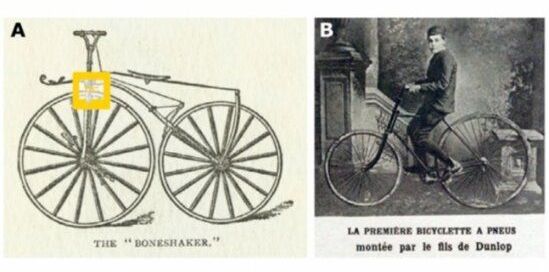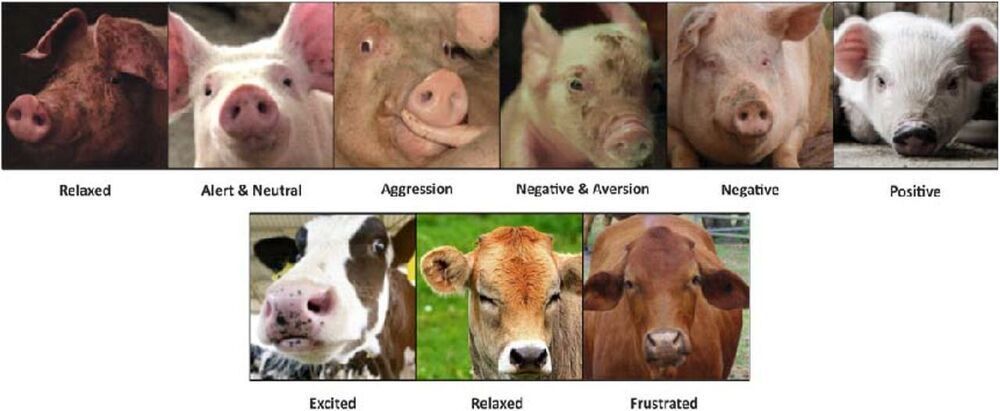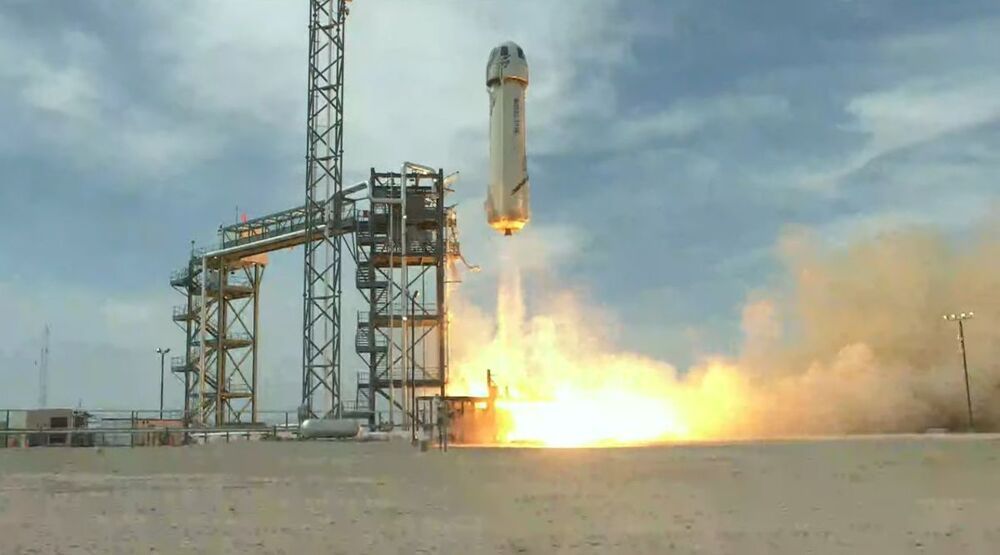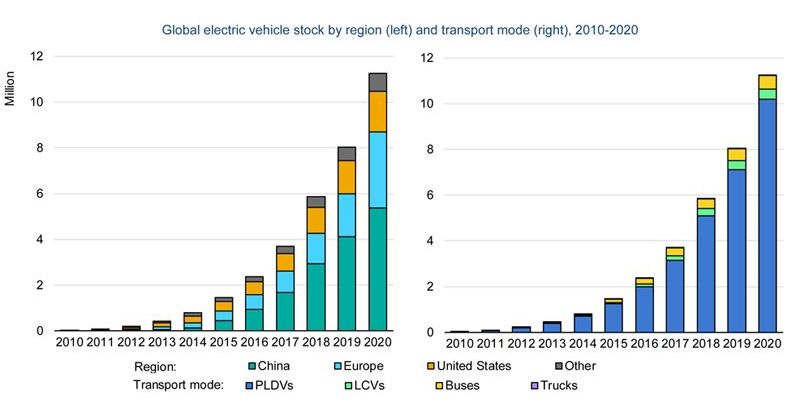Lauded for years as the system able to best prevent malware infection, macOS recently fell victim to an operating system vulnerability that hackers used to circumvent all of Apple’s system defenses.
Security researcher Cedric Owens discovered this bug in March 2021 while assessing Apple’s Gatekeeper mechanism, a safeguard that will only allow developers to run their software on Macs after registering with Apple and paying a fee. Moreover, the company requires that all applications undergo an automated vetting process to further protect against malicious software.
Unfortunately, Owens uncovered a logic flaw in the macOS itself, rather than the defense systems. The bug allowed attackers to develop malware able to deceive the operating system into running their malware regardless of whether they passed Apple’s safety checks. Indeed, this flaw resembles a door that has been securely locked and bolted but still has a small pet door at the bottom through which you can break in or insert a bomb.






